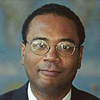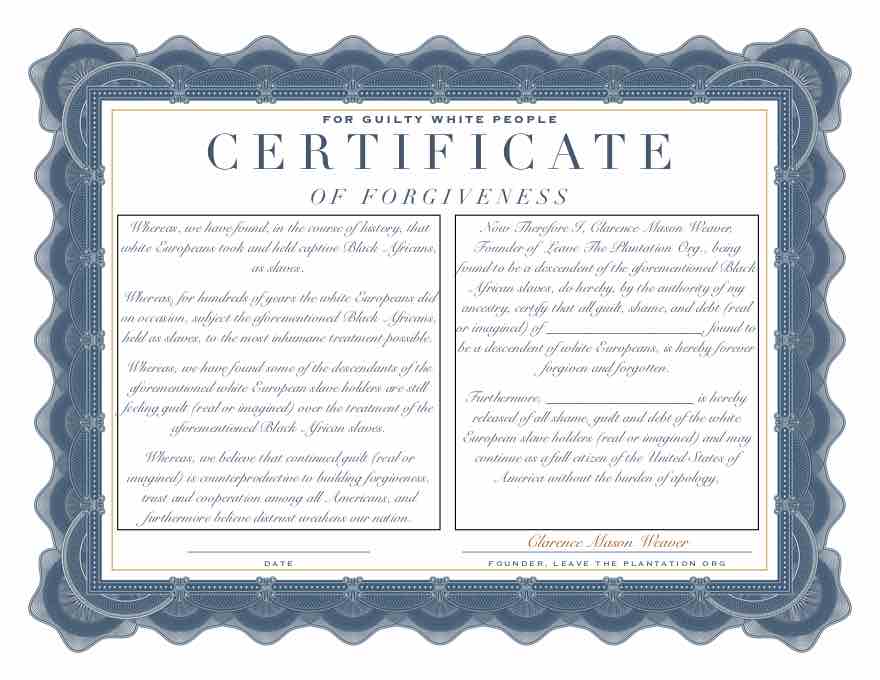LTP News Sharing:
AP Photo/Mariam Zuhaib
In what’s being hailed as a “landmark victory,” the Supreme Court ruled 6-3 that the government cannot compel Americans to express messages that violate their sincerely held religious beliefs.
The case, 303 Creative v. Elenis, involved Colorado web designer Lorie Smith who declined to create websites for same-sex weddings due to her religious beliefs. As emphasized by Alliance Defending Freedom, who represented her, it is about the messages she is asked to express, not who requests it.
After realizing that Colorado was censoring her—and seeing Colorado use this same law to punish Masterpiece Cakeshop owner Jack Phillips—Lorie challenged the law to protect her freedom and her art studio.
In July 2021, the U.S. Court of Appeals for the Tenth Circuit ruled against Lorie, holding that Colorado can force her to create websites promoting messages that contradict her beliefs about marriage. Chief Judge Tymkovich wrote a powerful dissent, calling the majority’s holding “unprecedented” and “staggering,” stating that “[t]he Constitution protects Ms. Smith from the government telling her what to say…” She appealed to the Supreme Court of the United States on September 24, 2021… (ADF)
In a statement reacting to Friday’s ruling, ADF CEO, President, and General Counsel Kristen Waggoner said the high court “rightly reaffirmed” that Americans can’t be forced to say things against their beliefs.
“The court reiterated that it’s unconstitutional for the state to eliminate from the public square ideas it dislikes, including the belief that marriage is the union of husband and wife. Disagreement isn’t discrimination, and the government can’t mislabel speech as discrimination to censor it,” Waggoner said. “Lorie works with everyone, including clients who identify as LGBT. As the court highlighted, her decisions to create speech always turn on what message is requested, never on who requests it.
The ruling makes clear that nondiscrimination laws remain firmly in place, and that the government has never needed to compel speech to ensure access to goods and services. This is a win for all Americans. The government should no more censor Lorie for speaking consistent with her beliefs about marriage than it should punish an LGBT graphic designer for declining to criticize same-sex marriage. If we desire freedom for ourselves, we must defend it for others.”
In the dissenting opinion, authored by Justice Sonia Sotomayor and joined by Justices Elena Kagan and Ketanji Brown Jackson, the ruling is described as a “sad day in American constitutional law and in the lives of LGBT people.”
“The Supreme Court of the United States declares that a particular kind of business, though open to the public, has a constitutional right to refuse to serve members of a protected class. The Court does so for the first time in its history,” Sotomayor argued.
In the majority opinion, however, Justice Neil Gorsuch issued a scathing response.
It is difficult to read the dissent and conclude we are looking at the same case. Much of it focuses on the evolution of public accommodations laws, post, at 7–13, and the strides gay Americans have made towards securing equal justice under law, post, at 14–17. And, no doubt, there is much to applaud here. But none of this answers the question we face today: Can a State force someone who provides her own expressive services to abandon her conscience and speak its preferred message instead?
When the dissent finally gets around to that question—more than halfway into its opinion—it reimagines the factsof this case from top to bottom. The dissent claims that Colorado wishes to regulate Ms. Smith’s “conduct,” not her speech.Post, at 24–29. Forget Colorado’s stipulation thatMs. Smith’s activities are “expressive,” App. to Pet. for Cert.181a, and the Tenth Circuit’s conclusion that the State seeks to compel “pure speech,” 6 F. 4th, at 1176. The dissent chides us for deciding a pre-enforcement challenge.Post, at 23. But it ignores the Tenth Circuit’s finding thatMs. Smith faces a credible threat of sanctions unless she conforms her views to the State’s. 6 F. 4th, at 1172–1175.The dissent suggests (over and over again) that any burden on speech here is “incidental.” Post, at 24, 26–30, 32–33.All despite the Tenth Circuit’s finding that Colorado intends to force Ms. Smith to convey a message she does not believe with the “very purpose” of “[e]liminating . . . ideas”that differ from its own. 6 F. 4th, at 1178.4
Nor does the dissent’s reimagination end there. It claims that, “for the first time in its history,” the Court “grants a business open to the public” a “right to refuse to serve members of a protected class.” Post, at 1; see also id., at 26, n. 10,35. Never mind that we do no such thing and Colorado itself has stipulated Ms. Smith will (as CADA requires) “work with all people regardless of . . . sexual orientation.” App.to Pet. for Cert. 184a. Never mind, too, that it is the dissent that would have this Court do something truly novel by allowing a government to coerce an individual to speak contrary to her beliefs on a significant issue of personal conviction, all in order to eliminate ideas that differ from its own.
There is still more. The dissent asserts that we “sweep under the rug petitioners’ challenge to CADA’s Communication Clause.” Post, at 26. This despite the fact the parties and the Tenth Circuit recognized that Ms. Smith’s Communication Clause challenge hinges on her AccommodationClause challenge. (So much so that Colorado devoted less than two pages at the tail end of its brief to the Communication Clause and the Tenth Circuit afforded it just three paragraphs in its free-speech analysis. See Brief for Respondents 44–45; 6 F. 4th, at 1182–1183.)5 The dissent even suggests that our decision today is akin to endorsing a“separate but equal” regime that would allow law firms to refuse women admission into partnership, restaurants to deny service to Black Americans, or businesses seeking employees to post something like a “White Applicants Only”sign. Post, at 1, 16–21, 26, 28–29, 32, and n. 13, 37. Pure fiction all.
In some places, the dissent gets so turned around about the facts that it opens fire on its own position. For instance:While stressing that a Colorado company cannot refuse “the full and equal enjoyment of [its] services” based on a customer’s protected status, post, at 27, the dissent assures us that a company selling creative services “to the public” does have a right “to decide what messages to include or not to include,” post, at 28. But if that is true, what are we even debating? (SCOTUS)







